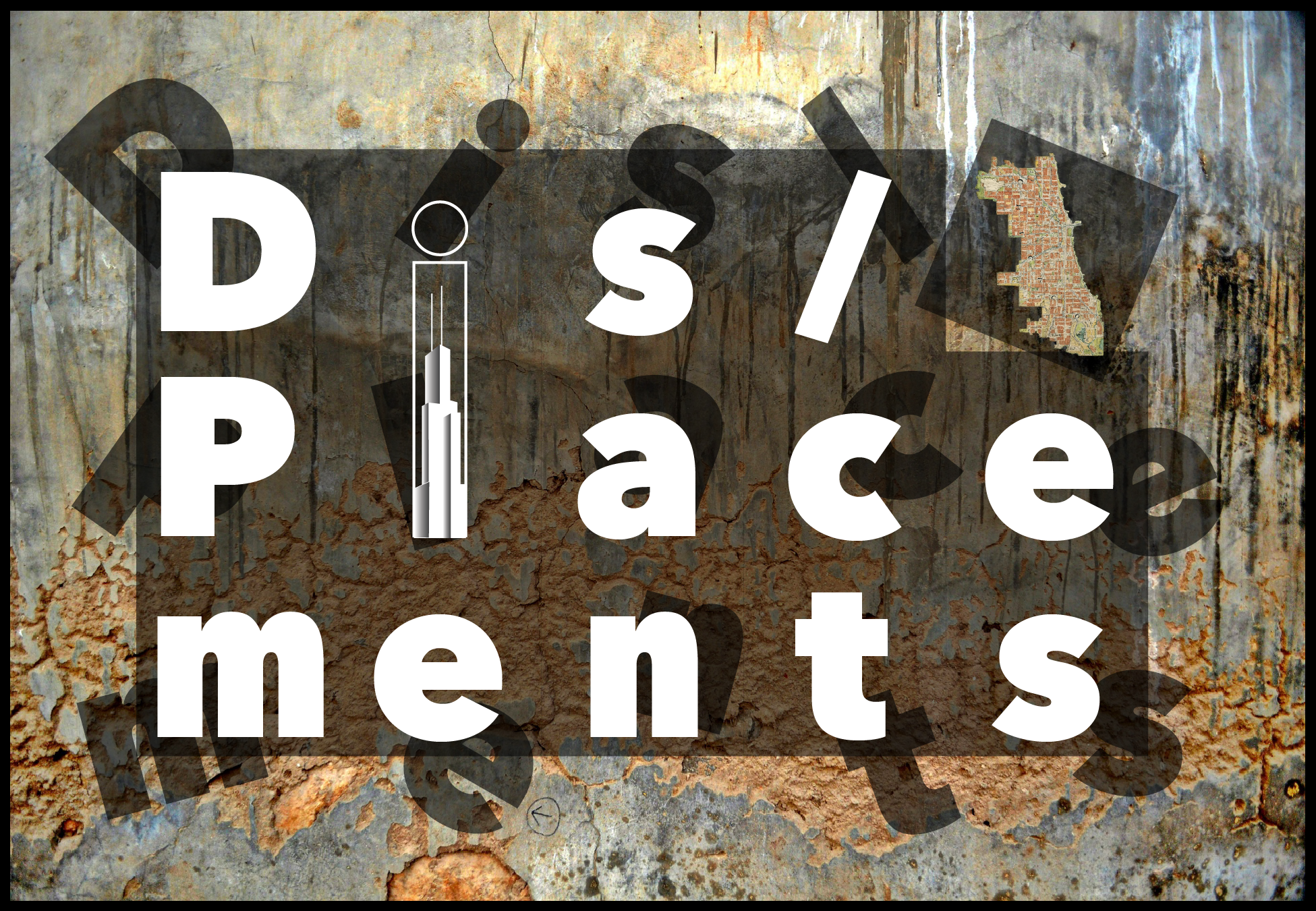Aragon Ballroom & The Gay Party Scene
Aragon Ballroom & The Gay Party Scene
Site #3 Description…
Lesbian and gay culture was predominantly white, and this was most visible in party spaces.
As we saw with Man's Country and Paris Dance, the most visible leaders of the early lesbian and gay movement were predominantly white and middle class, as reflected in the northside neighborhoods, like Andersonville and Boystown, which became hubs of gay and lesbian businesses. Spaces like the Aragon Ballroom in Uptown hosted annual balls and parties by gay and lesbian organizations in the 1970s and later, marking early efforts at building a political gay and lesbian community.
The Aragon Ballroom opened in 1926, at the height of the glitzy Roaring Twenties, and epitomized entertainment spaces of the time. Featuring a massive ballroom (left), and sprawling and elaborate interiors (right) featuring murals by painter Louis Grell, the ballroom catered to the pre-Depression elite residents of Uptown, and is often celebrated as part of Uptown's legacy. Like many entertainment spaces at the time, the ballroom also catered to a white elite, and people of color only found entry as performers, often as grotesquely racialized figures. Image courtesy: The Louis Grell Foundation.
One major event in the 1970s was Metamorphisis, a fundraising event held by the Tavern Guild of Chicago, a group of gay and lesbian bar workers who also organized for the labor rights of their members. The event was held to raise money both for LGBT non-profits across Chicago and for the purchase and maintenance of a gay community center in the northside.
Image from a report on the party from Gay Chicago magazine, circa 1970. Courtesy: Zach Blair and Gerber/Hart Archives.
Another major organization that held events at the Aragon was the Lincoln Park Lagooners, a gay sporting organization. The 1977 edition of their Chicago Winter Carnival was titled "Cruisin' the Nile," and featured racially problematic themes:
An ad in Gay Chicago magazine lists the attractions of the upcoming event: fundraising took the form of buying and selling slaves, and attendees would be able to experience "exotic" Egypt. The language also features frequent playful references to slavery. These ideas of the exotic Orient represented by slavery and excess owe their origins to European and American colonization and slave trade in the rest of the world.
As integral as these events were to building community, events like Cruisin' the Nile and the business-centric nature of these organizations raise important questions about the class and racial dynamics of early gay and lesbian communities. What they signalled, in many cases was the development of a gay and lesbian "mainstream" in the US that built itself on capitalist values and implicit racial hierarchies, even as they apparently demanded euqality for "all" gay and lesbian people. In the upcoming entries, we will explore the emergence of Uptown-based movements that challenged this tendency, and sought to redefine what queer politics could be about.
We thank Zachary Blair, PhD, for contributing archival material from his extensive research at the Gerber/Hart Library and Archives, and for pitching in with his knowledge of lesbian and gay businesses in northside Chicago.
Copyright ©2018 Dis/Placements Project



